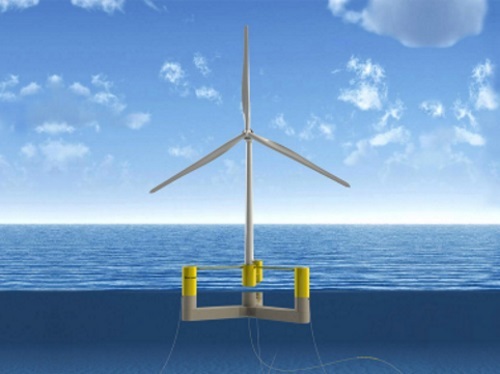FEDERAL ACTION
New vehicles must average 40 mpg by 2026, up from 28 mpg – AP
EPA resurrects plan to drop air pollution liability shield – E&E News
The infrastructure law’s untapped potential for promoting community safety – Brookings
Infrastructure funding is a chance to think beyond cars – The Hill (Opinion)
Fact Sheet: Biden-Harris Administration Announces Additional Infrastructure Funding for Ports and Waterways – The White House (Media release)
COVID-19
Letter Reinforces Need for COVID Funding Flexibility – AASHTO Journal
U.S. CDC scraps COVID warning for cruise travel after 2 years – Reuters
White House turns to air quality in latest effort to thwart coronavirus – Washington Post
INFRASTRUCTURE RESILIENCE AND SUSTAINABILITY
Solutionaries: EVs and Public transportation have never looked more attractive – KPRC-TV
Vermont House passes $870 million transportation package, investing heavily in electric vehicles – VTDigger
San Diego mayor’s office releases study on climate policy, job impact – KGTV-TV
Alaskans’ Input Sought on Transportation Needs – Transport Topics
Grand Rapids neighborhood pushes for less pollution, truck traffic from US-131 – MiBiz
AIR QUALITY
New Mexico needs electric vehicles to clean up air pollution, prevent deaths study says – Carlsbad Current-Argus
In the race for electric cars, biofuels hold Iowans back – KDSM-TV
Colorado’s Greenhouse Gas Emissions Rule for Surface Transportation Offers a Model for Other States and the Nation – Center for American Progress (Commentary)
ENVIRONMENTAL JUSTICE
Feds Seek To Improve Airline Accessibility – Disability Scoop
George Mitchell Center hosts ‘Equity and Environmental Justice’ – Maine Campus
MTI Research Explores The Misuse of the ‘Equity’ Label – Metro
NATURAL RESOURCES
Bureau County farmer provides an example of what smart wetlands can offer water conservation efforts – Shaw Local News Network
Fickle Mississippi River Directs New Orleans Ferry Terminal Project – Engineering News-Record
CULTURAL RESOURCES
Should NH crack down on roadside memorials? – Citizens Count
HEALTH AND HUMAN ENVIRONMENT/ACTIVE TRANSPORTATION
I-74 Bridge Path Will Soon Be Ready for Pedestrians & Bicyclists – WVIK Radio
12 miles of new trails coming to Salt Lake County, Utah – KTVX-TV
Pittsburgh is the latest city to gain a freeway capping park – The Architect’s Newspaper
How switching to EVs would improve health in the US – The Verge
TRB RESOURCES/ANNOUNCEMENTS
Neil Pedersen, Executive Director of the Transportation Research Board Announces Retirement – National Academies of Sciences, Engineering, and Medicine
TRB Webinar: Implementing and Evaluating Wildlife Crossings – TRB
Agricultural Operations on Airport Grounds – ACRP
Coordination of Public Transit Services and Investments with Affordable Housing Policies – TCRB
New Research Examines Infrastructure Needs of AVs – AASHTO Journal
Investing in Infrastructure for Healthy Communities – Regional Plan Association
FEDERAL REGISTER NOTICES
Meeting of the National Drinking Water Advisory Council – EPA (Notice of a public meeting)
Proposed Deletion From the National Priorities List – EPA (Proposed rule and withdrawal of proposed rule
COVID-19 Related Relief Concerning Operations at Chicago O’Hare International Airport, John F. Kennedy International Airport, Los Angeles International Airport, Newark Liberty International Airport, New York LaGuardia Airport, Ronald Reagan Washington National, and San Francisco International Airport for the Summer 2022 Scheduling Season – FAA (Extension of limited, conditional waiver of the minimum slot usage requirement for international operations only)
Notice of Public Meetings for the Western Oregon Resource Advisory Council – Bureau of Land Management (Notice of public meetings)
Notice of Final Agency Actions on Proposed Railroad Project in California on Behalf of the California High Speed Rail Authority – FRA (Notice)
Notice of Availability of a Final General Conformity Determination for the California High-Speed Rail System, San Jose to Merced Section – FRA (Notice)




